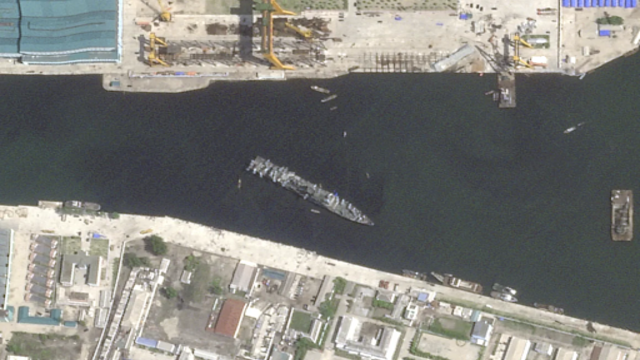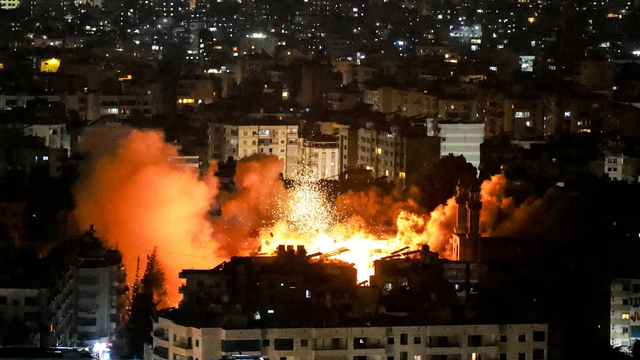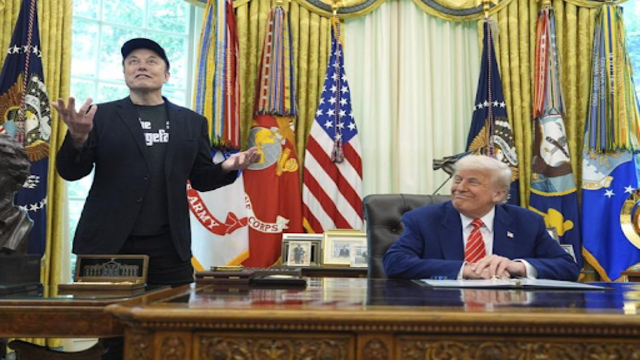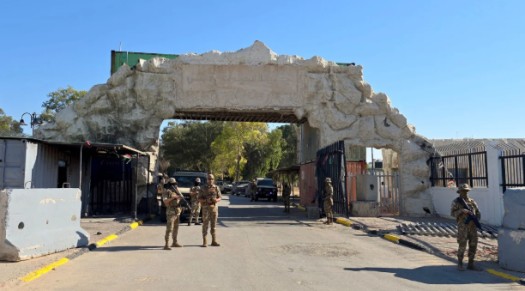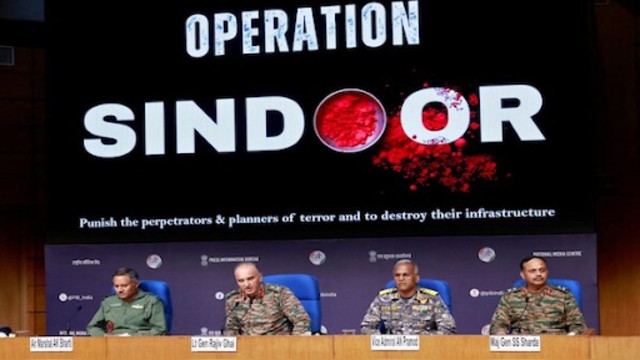
Air Marshal AK Bharti, Lieutenant General Rajiv Ghai, Vice Admiral AN Pramod and Major General SS Sharda attend a press briefing at the National Media Centre in New Delhi.
After weeks of intense cross-border conflict, a fragile ceasefire now holds between India and Pakistan. The move followed India’s powerful response to the April Pahalgam terror attack, where 26 civilians were killed by Pakistan-backed militants.
The Line of Control (LoC) and border belts in Jammu and Kashmir remained quiet as of Monday noon. Indian Army sources confirmed that Sunday night was the first peaceful night in days, following relentless missile and drone attacks.
India's Operation Sindoor struck nine terror hubs in Pakistan and Pakistan-occupied Kashmir, eliminating over 100 militants and crippling enemy infrastructure. Pakistan retaliated with drones and missiles but soon requested de-escalation after facing severe Indian counterstrikes.
On May 10, both nations agreed to a ceasefire and all military actions on land, air, and sea. But peace didn’t last long. Within hours, Pakistan broke the agreement, and India responded with a clear warning — violations will draw stronger retaliation.
Since then, no major incidents have occurred. Hotlines between military leaders are back online to control any flare-ups.
While the border remains quiet, India is not letting down its guard. Forces stay on high alert across western frontiers.
During the India-Pakistan Ceasefire Media Briefing on Monday May 12, 2025, Lieutenant General Rajiv Ghai, the Director General of Military Operations (DGMO) of the Indian Army, made the statement, "In every single domain that Operation Sindoor prosecuted, there has been Absolute synergy between all forces."
Air Marshal AK Bharti said that India’s fight is against terror and the terrorists. Since Pakistan chose to support the other way around, our response was extremely necessary. Pakistan is solely responsible for their own losses.
He also said, "All our military bases, all our systems continue to remain fully operational and ready to undertake any future missions if the need may arise. We are well Prepared."
The latest updates on India-Pakistan ceasefire:
Senior IAF officials offered a detailed account of how India’s advanced air defence shield held firm during Pakistan’s recent aerial aggression. The ceasefire, now in its third day, remains unbroken — a testament to India's preparedness and precision.
- Indian Navy on Operation Sindoor
Vice Admiral A.N. Pramod confirmed, "No enemy aircraft was allowed to come within hundreds of kilometres from the Indian territory." India’s forces are actively using advanced surveillance and targeting systems to detect and neutralise threats in real time. - Vigilance that keeps Indian skies secure
Vice Admiral Pramod said, “Effectively using multiple sensors and inputs, we are maintaining continuous surveillance to degrade or neutralise threats as they emerge or manifest to ensure targeting at extended ranges. All these are conducted under the umbrella of a comprehensive and effective layered fleet air defence mechanism that caters for all threats, be it drones, high-speed missiles or aircraft, both fighters as well as surveillance aircraft." - Damage to Pakistani Military Base
Addressing a press conference, the Director General of Air Operations, the Indian Air Force, Air Marshal AK Bharti first showed a missile strike at the Nur Khan airbase. He then showed a video of extensive damage to the Rahimyar Khan airbase.
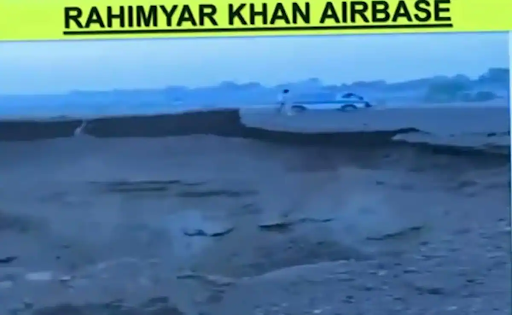
- No Strike on Kirana Hills
Air Marshal Bharti dismissed rumours, stating, "We did not hit Kirana Hills, whatever is there," referencing the site rumoured to house Pakistan’s nuclear weapons. - Turkish Drones Shot Down
DGAO of India confirmed that India had thwarted Pakistani air threats, including Turkish-made YIHA Kamikaze drones. The successful interception sent a clear global message about India’s defensive strength. - Ceasefire Holding Steady
As of Day 3, the ceasefire remains intact with no major violations reported, though Indian forces remain on high alert.
As Indian forces continue to actively use advanced surveillance and targeting systems to detect and neutralize threats in real time, analysts warn that this truce is fragile.
India has backed its actions with solid proof, while Pakistan clings to social media claims. For India, the ceasefire’s future depends on Pakistan’s conduct — peace will only last if Pakistan stays in line.
Prime Minister Narendra Modi is expected to address the nation at 8 PM on Monday. His speech will follow the high-level DGMO meeting held earlier in the day between India and Pakistan.




